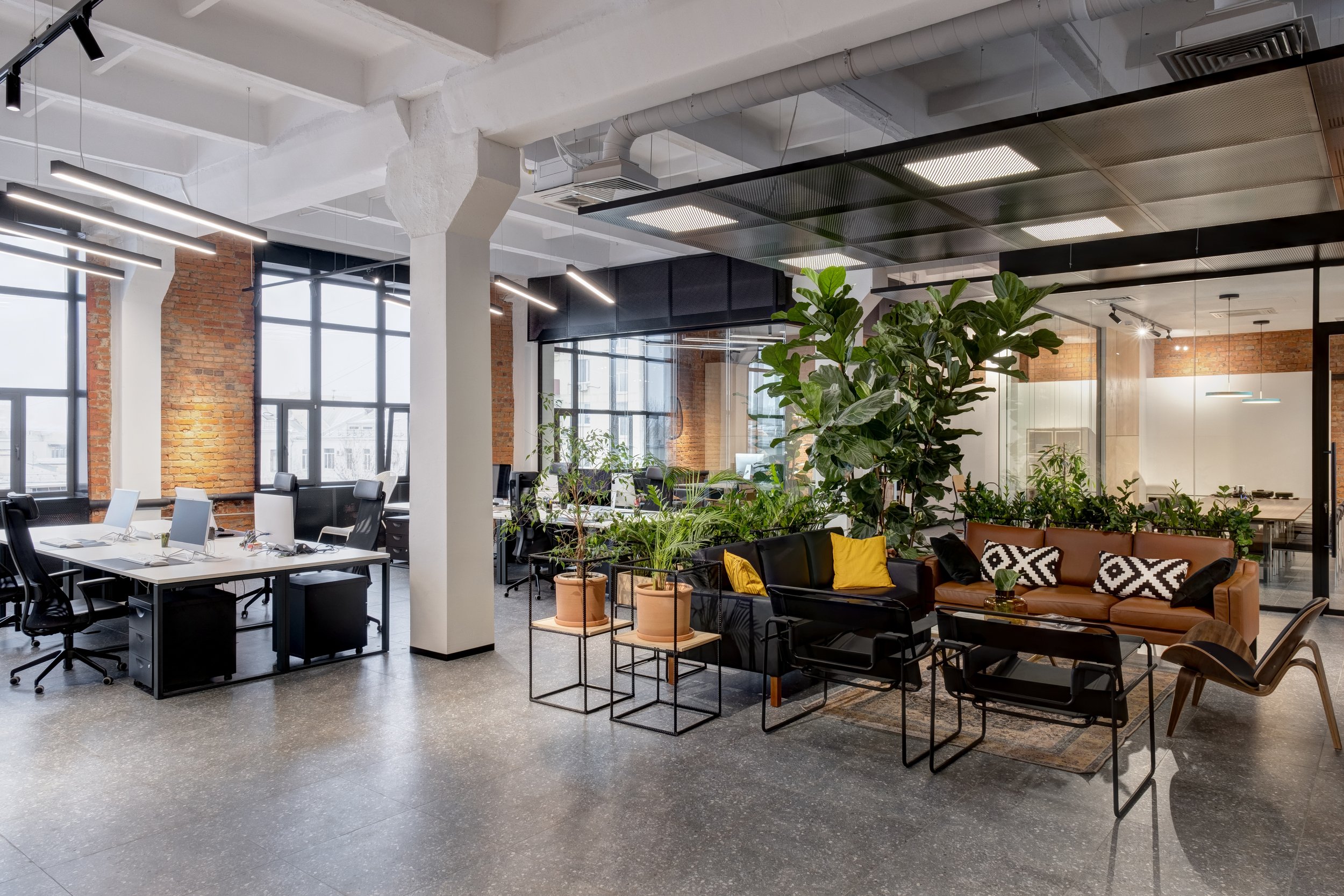
Code of Practice for Indoor Air Quality
Strategy and advice on workplace risk
Ventilation and IAQ Strategy
All workplaces will now need to carry out an appropriate risk assessment of ventilation and air quality and have a plan to mitigate risk.
Air Quality Matters support you and your organisation to risk assess your workplaces and provides you with the strategy and road maps you need.
Practical advice on risk mitigation and ventilation improvements
What is the code of practice for indoor air quality from the HSA?
The code provides a practical risk assessment approach to assist employers with reasonably determining IAQ in their workplace.
As workers spend a significant amount of time indoors and the quality of air within indoor work environments directly impacts the health, wellbeing and productivity of those workers.
Poor indoor air quality can cause a variety of short-term and long-term health problems. As was evident during the COVID 19 pandemic, ventilation/ air filtration was an important factor in reducing the risk of aerosol transmission of the SARs-CoV-2 virus (virus that caused the COVID 19 disease).
Parameters for CO2, air changes per hour, temperature, humidity, and ventilation rates are included in the new code to enable baseline assessments. The code addresses risk assessment competency in terms of workplace complexity and provides advice on investigating IAQ complaints.
Types of Ventilation Covered
Natural Ventilation is the way that outside air can be brought into a building without using fans or other mechanical means. This includes airflow through openings in the building such as windows, doors, roof turrets and other vents.
Mechanical ventilation describes the means of bringing air into and /or out of a building using powered means e.g. fans. Depending on the source of outside air, it may need to be filtered or cleaned before it enters the building. The principle of supply and extraction is that one series of ducts and inlet grilles brings outside air into a space, while another set of ducts extracts the stale air and exhausts it outside. Incoming air can be located in diffusers in the ceiling, on the wall or on the floor.
Heating, ventilation and air conditioning systems (HVAC) are a combination of both mechanical ventilation and air conditioning. Recirculation of untreated air should be avoided. Air conditioning alone does not provide fresh air or ventilation but it controls the air temperature and/or controls humidity and recirculates the air.
Local exhaust ventilation (LEV) is an engineering system designed to capture contaminants (dust, mist, fume, vapour, gas) in the workplace at source and transport them to a safe emission point or to a filter/scrubber. It is not part of general ventilation. Please refer to specific LEV guidance for employers here.
Key Features of the Code
The code outlines different IAQ competency requirements depending on the complexity of the workplace. For simple settings, the absence of any apparent contaminants or uncontrolled hazards, the presence of natural ventilation from a clean source, consultation with employees, some local heating or cooling arrangements, and documentation of arrangements may be all that is necessary.
For more complex settings, additional information will be required. This includes the identification of any contaminants or uncontrolled hazards, the source and content of natural ventilation, information on the performance of mechanical ventilation, a readily available specification setting out the required performance of the natural or mechanical ventilation system, and documentation of IAQ arrangements.
For the most complex settings, it's essential to have a detailed written specification setting out the required performance of the natural or mechanical ventilation system. This is to ensure that the employer's objectives are met. These objectives must be clearly defined and may relate to worker protection, good manufacturing practice, food safety, infection prevention, and general indoor environmental quality.
Air Quality Matters support you and your organisation to risk assess your workplaces and provides you with the strategy and road maps you need.
Practical advice on risk mitigation and ventilation improvements







